EDITORIAL
Published on 22 Nov 2021
Editorial: Molecular Mechanisms Underlying Assembly and Maintenance of the Neuromuscular Junction
doi 10.3389/fnmol.2021.797832
- 2,287 views
42k
Total downloads
341k
Total views and downloads
Select the journal/section where you want your idea to be submitted:
EDITORIAL
Published on 22 Nov 2021
ORIGINAL RESEARCH
Published on 17 Dec 2020
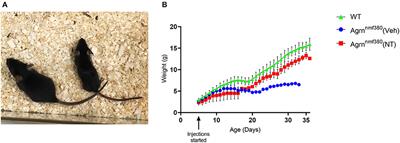
ORIGINAL RESEARCH
Published on 09 Dec 2020
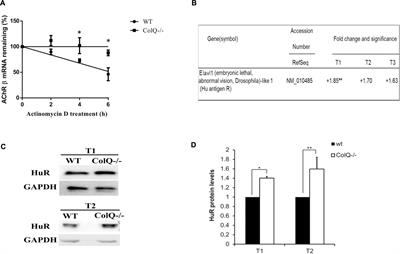
ORIGINAL RESEARCH
Published on 07 Dec 2020
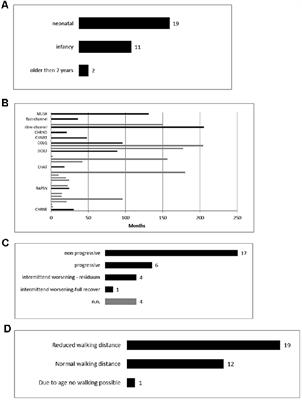
REVIEW
Published on 03 Dec 2020
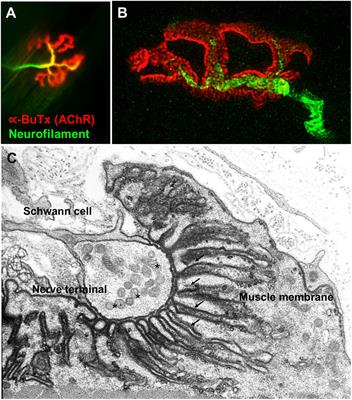
REVIEW
Published on 16 Nov 2020
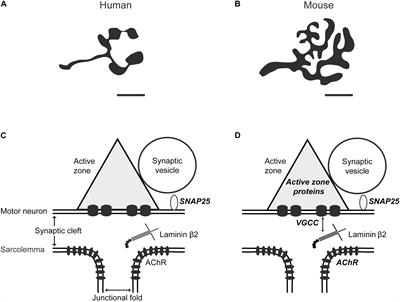
ORIGINAL RESEARCH
Published on 26 Oct 2020

BRIEF RESEARCH REPORT
Published on 23 Oct 2020
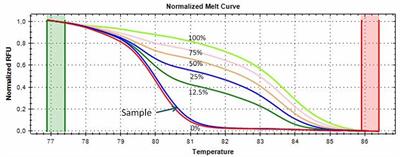
REVIEW
Published on 08 Sep 2020
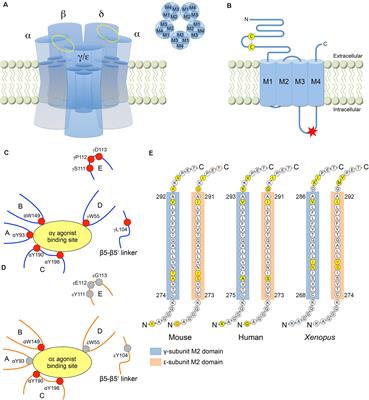
BRIEF RESEARCH REPORT
Published on 08 Sep 2020
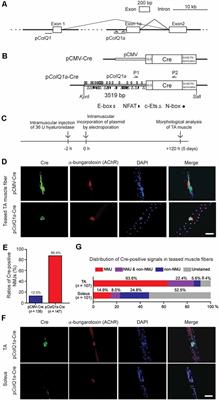
REVIEW
Published on 02 Sep 2020
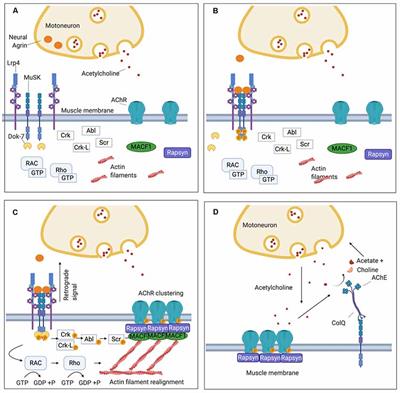
REVIEW
Published on 28 Aug 2020
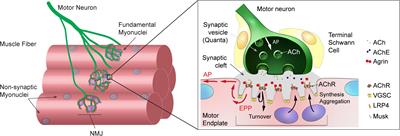
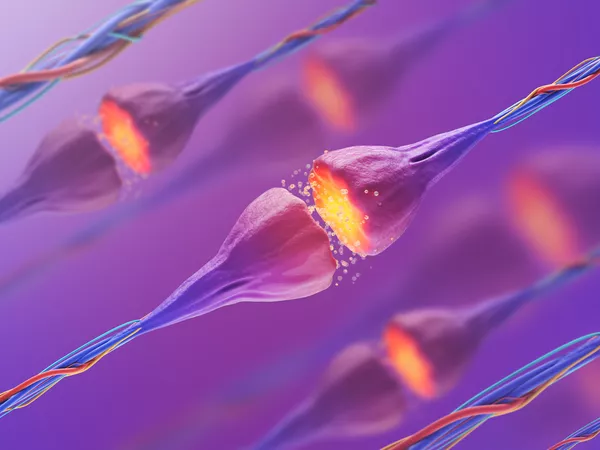
Frontiers in Human Neuroscience